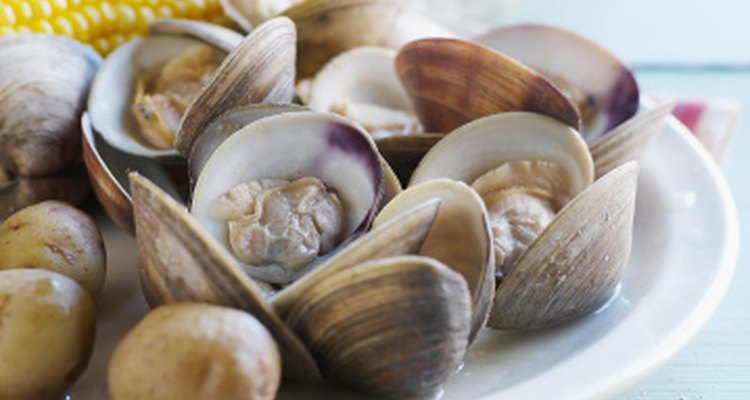
There are thousands of varieties of clams, which can be divided into two basic categories: hard-shelled and soft-shelled. The type and size of the clam determines which cooked or raw preparation is most suited to bring out the particular clam's natural flavor. All clams should be thoroughly rinsed and scrubbed before eating to dislodge sand and sea debris.
Soft-Shelled Clams
Soft-shelled clams are the smallest type of clam, and found closest to shore. While the shell is called "soft," it is not pliable or edible; rather it is more fragile than that of a hard-shelled clam. Soft-shelled clams are known by many names, including Ipswich clams, steamers and longnecks. While these clams can be eaten raw on the half-shell, they are more often found steamed and served with drawn butter, or breaded and fried. Soft-shelled clams are also part of a traditional New England clambake, along with lobster, potatoes and corn steamed over beds of seaweed.
Quahog Clams
Quahog (pronounced "co-hog") is the blanket name for any hard-shelled clam from the east coast of the United States. Quahogs are then given other names depending on their size. The smallest are called buttons, littlenecks or pasta clams and are up to 2 inches in shell diameter. Slightly larger are called cherrystones. All of these clams have tender, tasty flesh and can be eaten raw or cooked. The largest quahogs are called chowder clams. Their tough flesh makes them best suited for recipes requiring chopped and cooked clams, such as chowders and stuffings.
Pacific Littleneck Clams
There are many varieties of hard-shelled clams found along the West Coast, from Alaska all the way to Southern California. Manila clams, originally from Japan, now thrive in the Pacific Northwest and are widely used by cooks for their tender texture and delicate flavor. Other varieties include butter clams and rock clams, which can be served cooked or raw.
Razor Clams
The razor clam has a unique sharp, straight-edged, hard shell which gives it its name. It can grow to be up to ten inches in length. Because of its size, the razor clam's meat is not particularly tender, and is therefore not usually served raw. Often, razor clams are deep-fried or chopped up for use in chowders or stuffings.
Geoduck Clams
Pronounced "gooey-duck," these large, strange-looking creatures have become a sought-after delicacy. They have a very long siphon that protrudes from the hard shell and resembles an elephant's trunk. These siphons can grow up to several feet in length. Both the siphon and the meat within the shell can be eaten and are most often served sliced and raw like sashimi, but can also be cooked.
Related Articles

How to Buy Clams
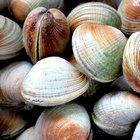
How to Steam Littleneck Clams

How to Devein Tiger Prawns

What Is the Difference Between ...
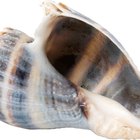
How to Remove Whelk Shells
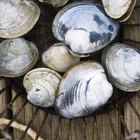
How to Steam a Quahog

How to Cook Langostino Tails
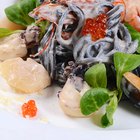
How to Cook Mussels & Clams Together

San Diego Beaches With Shells

How to Make Sure Cooked Clams Have No ...

Do You Have to Clean Octopus Tentacles ...
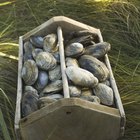
How to Cook Shucked Frozen Clams

How to Fillet a Goliath Grouper

How to Cook Fresh Snails From the Ocean
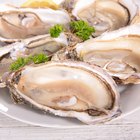
How to Cook Oysters on the Stove

Types of Mild White Fish

When Is King Crab Season?

How to Boil Conch in the Shell

Are Farm Raised Mussels & Clams Healthy ...

How to Cook Pismo Clams
References
Writer Bio
Wendy Hector has been a writer since 1999 and has been featured in "Scene Boston" and "In The Weeds" magazines. She has a Bachelor of Arts in creative writing from California State University, Northridge and holds a Master of Arts in creative writing from Bath Spa University in England.
Photo Credits
Alexandra Grablewski/Lifesize/Getty Images